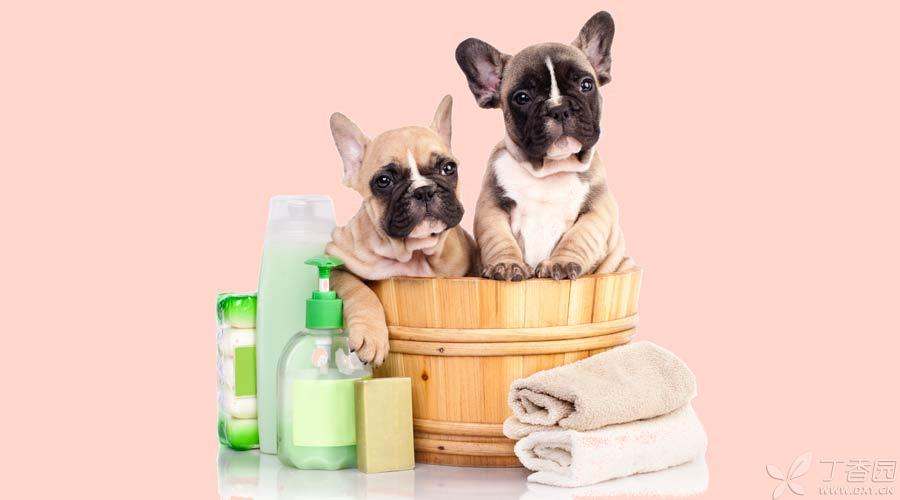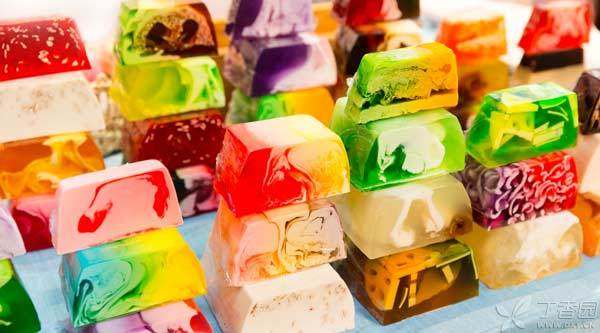
After the outbreak of SARS, bird flu and hand-foot-mouth disease, everyone is in danger. The demands of big guys for sterilization, antivirus and bacteriostasis seem to be unprecedented: not only do they wear masks spontaneously during the epidemic season, but washing their hands has also become a homework that they must do many times a day.
When buying hand sanitizer and soap, many people tend to choose products with the words “sterilization” or “bacteriostasis”. But how effective are these products? Is it really playing the role of eliminating 99.9% of bacteria breeding as advertised?
Let’s analyze it in detail.
Sterilization and bacteriostasis depend on what?
The main active ingredients are divided into two types:
1. A wide range of bacteriostatic and mildew inhibitors: p-chloro-m-xylenol (the main effective component of the dropping series) is the main agent, and the rest are triclosan, trichlorodiphenyl urea, etc.
2. Metal chelating agents: mainly EDTA tetrasodium salt (EDTA tetrasodium). The proliferation of bacteria depends on the help of metal elements, and these metal chelating agents will combine the metals on which bacteria depend for their survival, thus playing a role of bacteriostasis.
Can sterilization soap really be sterilized?
The ability of sterilization and bacteriostasis is closely related to the content of the above effective components. As far as these products on the market are concerned, their effective concentration is far lower than that of various sterilization products frequently used in medical and health systems.
Advertisements that kill 99.9% of harmful bacteria are somewhat exaggerated. Several studies have found that the chances of various infections among people who regularly use sterilization, sterilization hand sanitizer and soap have not decreased.
Researchers believe that cleaning hands with ordinary soap and hand sanitizer alone is enough to achieve the daily purpose of removing harmful bacteria. At the same time, the public often ignores the cleaning ability of flowing clean water. In fact, most bacteria will be removed after washing with flowing clean water.
In this case, only ordinary soap can meet the daily needs of removing harmful bacteria, and washing with clear water can also help us to remove dirty things well. [Sterilization Soap], which is much more expensive than ordinary products, seems to be suspected of commercial gimmicks.
Linglang’s everywhere shelves often make people confused, and many consumers [only buy expensive ones, do not know how to buy the right ones] are enough to make businesses make a lot of money. Therefore, it is still necessary to make rational consumption and find out whether the object of purchase is worth it.

Virus removal and sterilization soap are useless.
Virus is a very unique living body. Its morphological structure is completely different from that of bacteria. This unique form has created its characteristics of large variability and easy transmission. It is the virus that once caused public and social panic, such as SARS and bird flu.
Unfortunately, at present, medical knowledge and treatment methods for viruses are still very limited, and there is no scientific basis for using sterilization products to eliminate viruses.
Sterilization soap, and these hazards
1. Sterilization soap will also kill normal flora that play a protective role on human skin at the same time of sterilization. Long-term use is not recommended.
Abuse of antibiotics will lead to more drug-resistant bacteria, By the same token, Excessive use of sterilizing soap can lead to similar results. Normal bacteria are usually killed by effective concentrations of sterilizing agents. However, when bacteria are exposed to low concentrations of sterilization agents for a long time, they will slowly evolve to develop drug resistance, so that they will not be afraid when they encounter effective concentrations of sterilization agents. The production of a large number of drug-resistant bacteria will cause more serious infection and may produce resistance to traditional sterilization agents and antibiotics, causing greater medical problems.
2. The effective ingredients contained in sterilization products may be harmful to human body and natural environment.
Animal experiments have proved that triclosan used in many antibacterial products will affect hormone metabolism, There is also the possibility of teratogenicity and carcinogenicity. However, at present, there is no research in China that shows that triclosan or triclosan in bath products will affect human hormones. Other studies have found that children who have long-term contact with triclosan will have a greatly increased risk of allergy.
In addition, have you ever thought about where a large number of antibacterial products will eventually go when they flow into sewers? It is the rivers, lakes and seas of nature! At present, studies have confirmed that the growth of algae in natural waters can be affected by this, so algae, as an important part of the food chain, will inevitably trigger a chain reaction to destroy the stability of the natural ecosystem.
After reading the above article, as an ordinary consumer, are you still willing to spend a higher price than ordinary products to buy sterilized hand sanitizer and soap?
Responsible Editor: Chuyang
This article has passed the peer review of Dr. Clove’s peer review expert committee.
Dr. Clove’s exclusive manuscript refuses any form of reprinting.
